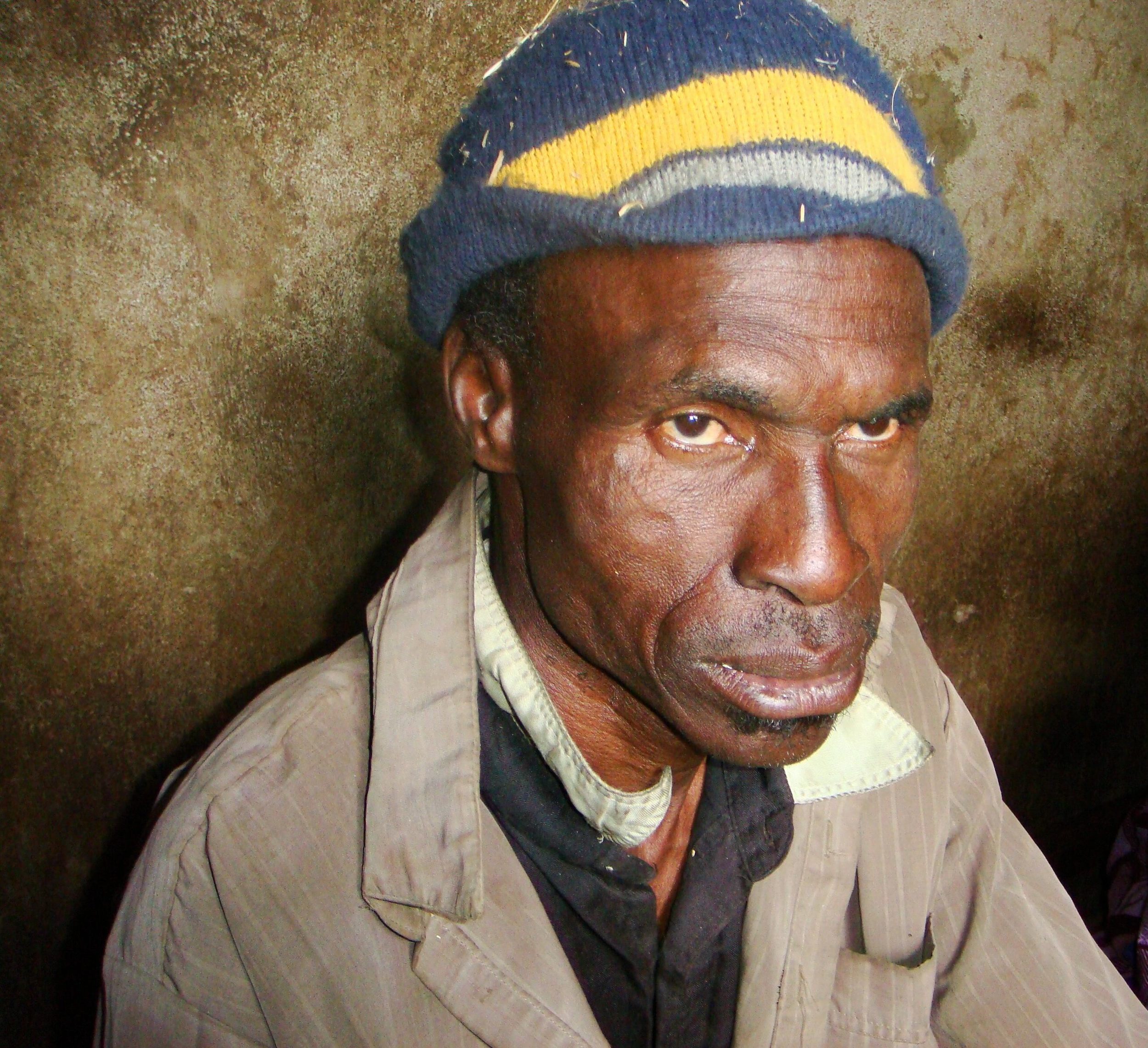About Mali
In 1960 the Sudanese Republic and Senegal became independent of France, forming the Mali Federation. Senegal withdrew after only a few months. What formerly made up the Sudanese Republic was renamed Mali. In 1991 Mali held it’s first democratic presidential election, replacing a dictatorship.
There are 14 million people in Mali. Bamako is the capital. The country is predominately Muslim 90%, with indigenous beliefs at 9% and Christian at 1%. French is the official language of Mali. Bambara is spoken by 80%. Only 46% of the total population are literate. Male literacy rate is at 54% and 39% for females. In our area, most adults have only completed the 3rd grade.
Mali is among the poorest countries in the world. 64% of the population live below the Malian poverty line. The country is heavily dependent on foreign aid. The death rate for children under five is 128 per 1000, one of the highest in the world. In the United States the rate is 4 per 1000. The average woman gives birth to seven babies. Almost half the population is under 15 years of age. Only 3% are over 65 years of age.
The total area of Mali is 1.24 million sq km., slightly less than twice the size of Texas. Mali is landlocked.
The climate is subtropical to arid, hot and dry from February to June; rainy, humid and mild from June to November; cool and dry November to February. The terrain is mostly flat to rolling northern plains covered by sand (Sahara Desert), savanna in south, rugged hills in northeast. 4% of the land is arable, .04% is in permanent crops and 1,380 sq km is irrigated. Cotton, millet, rice, corn, vegetables, peanuts, cattle, sheep and goats are the primary agriculture products. Mali natural resources of gold, phosphates, kaolin, salt, limestone, uranium, and hydropower are limited. Mali exports cotton, peanuts, rice, livestock.
Mali is very dependent on the importation of petroleum, machinery and equipment, construction materials, foodstuffs, and textiles. The environment faces the impact of deforestation, soil erosion, inadequate supplies of potable water and poaching.




















